Ever notice how founders who can’t say “no” burn out the fastest?
It starts innocently enough. A customer suggests a feature. Your co-founder has a “quick idea”. An investor mentions a potential pivot. And suddenly your focused product roadmap looks like a spider web of half-finished initiatives.
The Real Cost of “Yes”
When you say “yes” to everything, you’re actually saying “maybe” to everything. No one can deliver on unlimited commitments.
At the individual level, this creates:
- Anxiety and stress from juggling too many promises
- Degraded mental health as the pressure mounts
- Personal burnout that spills into all areas of life
At the product level, it spawns:
- Feature bloat that confuses users
- Development resources scattered across too many initiatives
- A product that does many things poorly instead of a few things exceptionally
And for your team and company:
- A culture of missed deadlines and broken promises
- Team members who stop trusting leadership
- High turnover as burnt-out employees flee
- A workplace reputation that repels top talent
Why We Can’t Stop Saying “Yes”
As founders, we’re optimists by nature. We overestimate our capacity and underestimate complexity. We fear disappointing others. And sometimes, we simply lack the confidence to push back.
I’ve observed founders who pride themselves on their “customer-centricity” while drowning their teams in an ever-changing sea of priorities. The irony? By trying to please everyone, they end up pleasing no one.
Breaking the Cycle
Here’s how to start saying “no” effectively:
1. Establish clear criteria for decisions Create a simple framework: “Does this align with our current strategic priorities? Is it worth delaying our existing commitments?” If not, it’s a “no” or at least a “not now.”
2. Practice the pause When presented with a request, simply say, “Let me think about that and get back to you.” This creates space for rational decision-making rather than emotional reactions.
3. Offer alternatives “We can’t do X, but we could do Y.” This maintains relationships while setting boundaries.
4. Document decisions When you say no to something, record why. This creates organizational memory and prevents the same debates from recurring.
5. Celebrate constraint Recognize team members who maintain focus rather than just those who pile on new ideas.
The Paradox of Commitment
The fewer things you commit to, the more likely you are to deliver on each commitment. This builds a reputation for reliability that’s worth far more than being known as the team that attempts everything but finishes nothing.
Remember: Every time you say “yes” to something, you’re implicitly saying “no” to something else. Make those choices consciously rather than letting them happen by default.
What priorities are you saying “yes” to by default that deserve a thoughtful “no” instead?


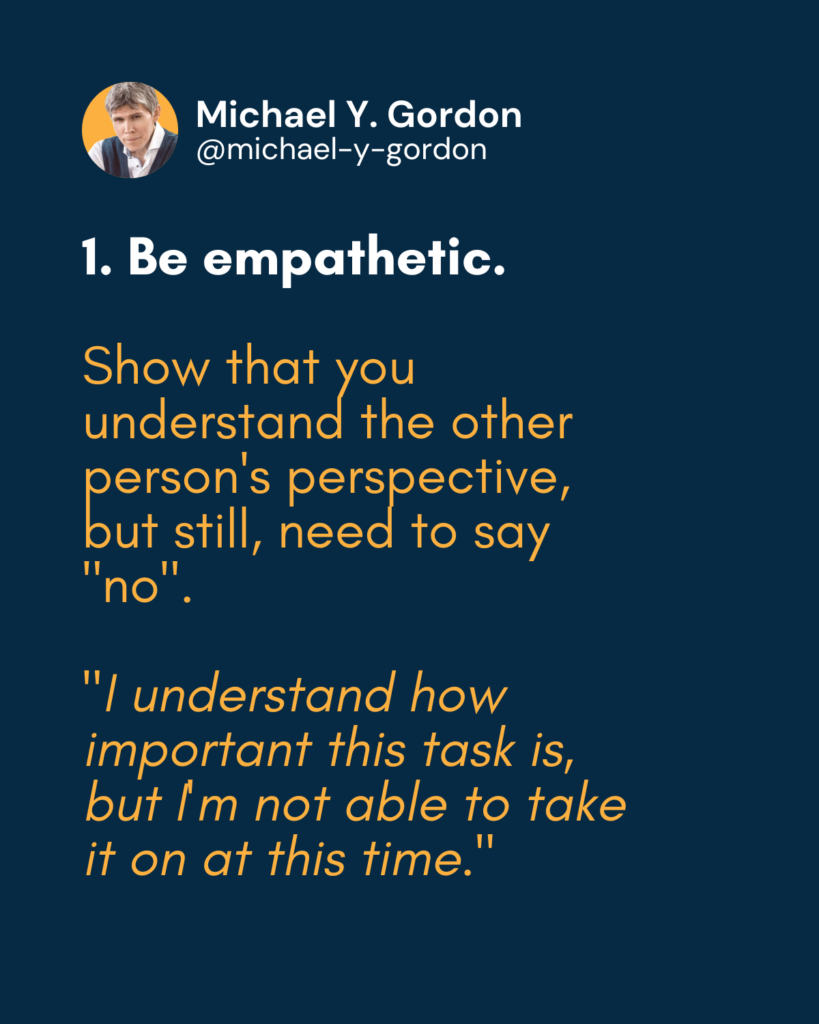

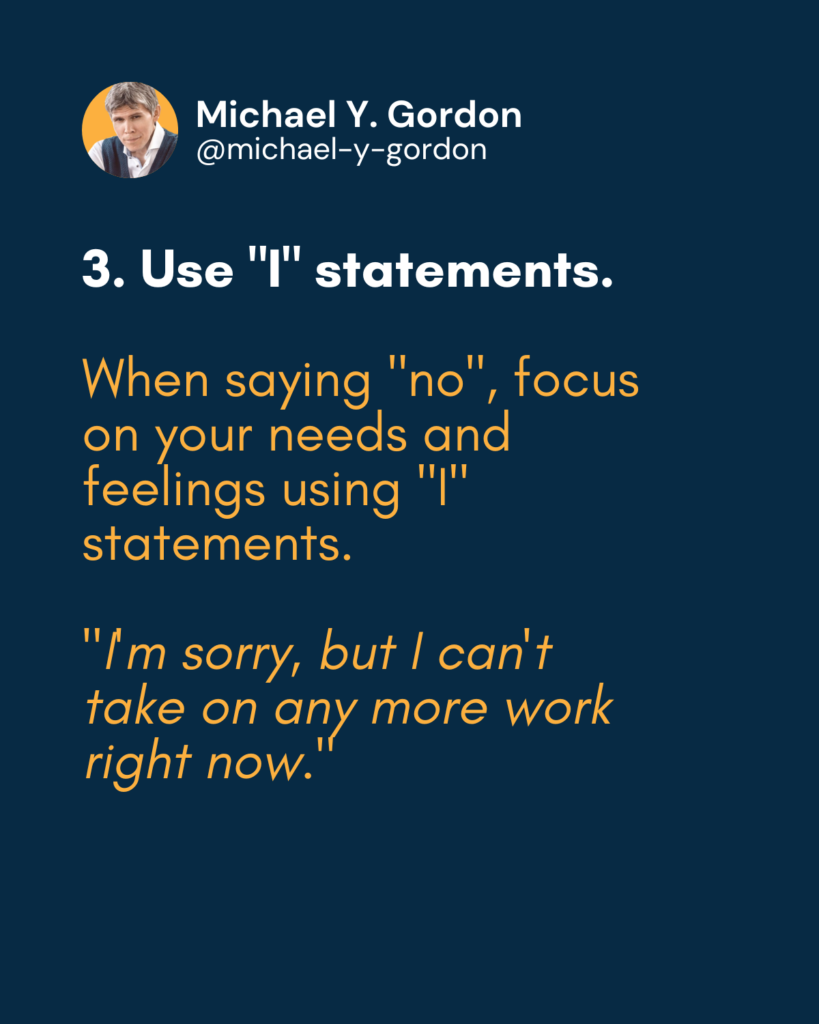
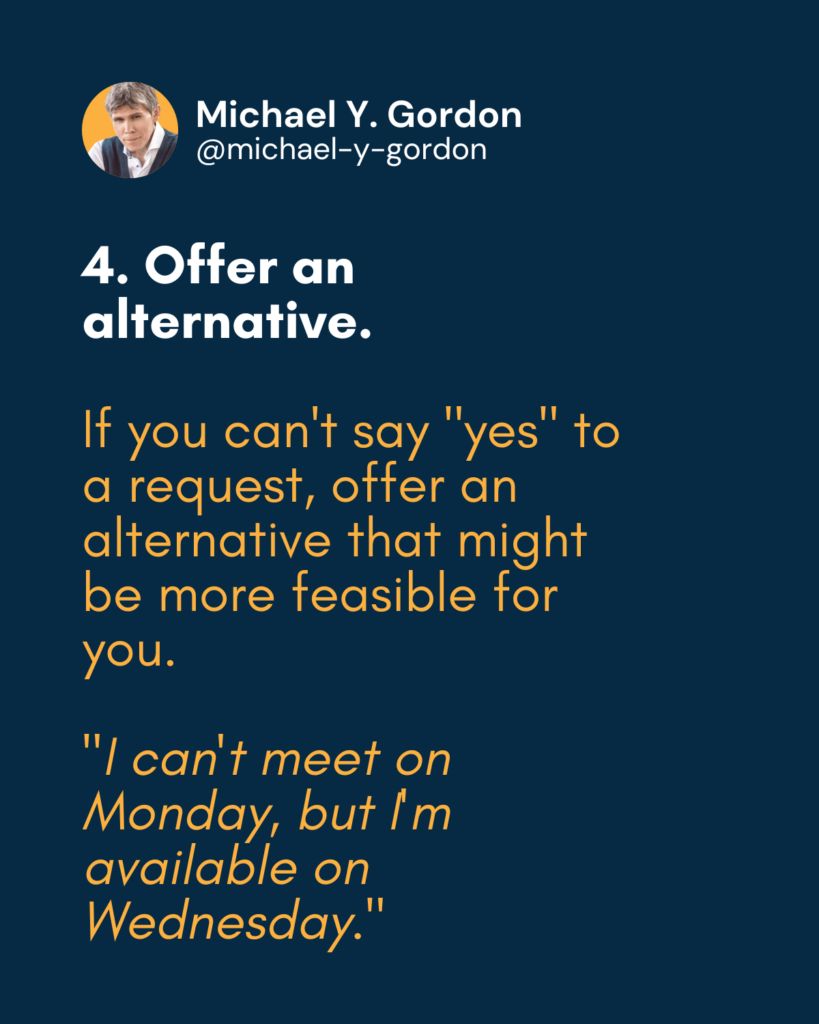
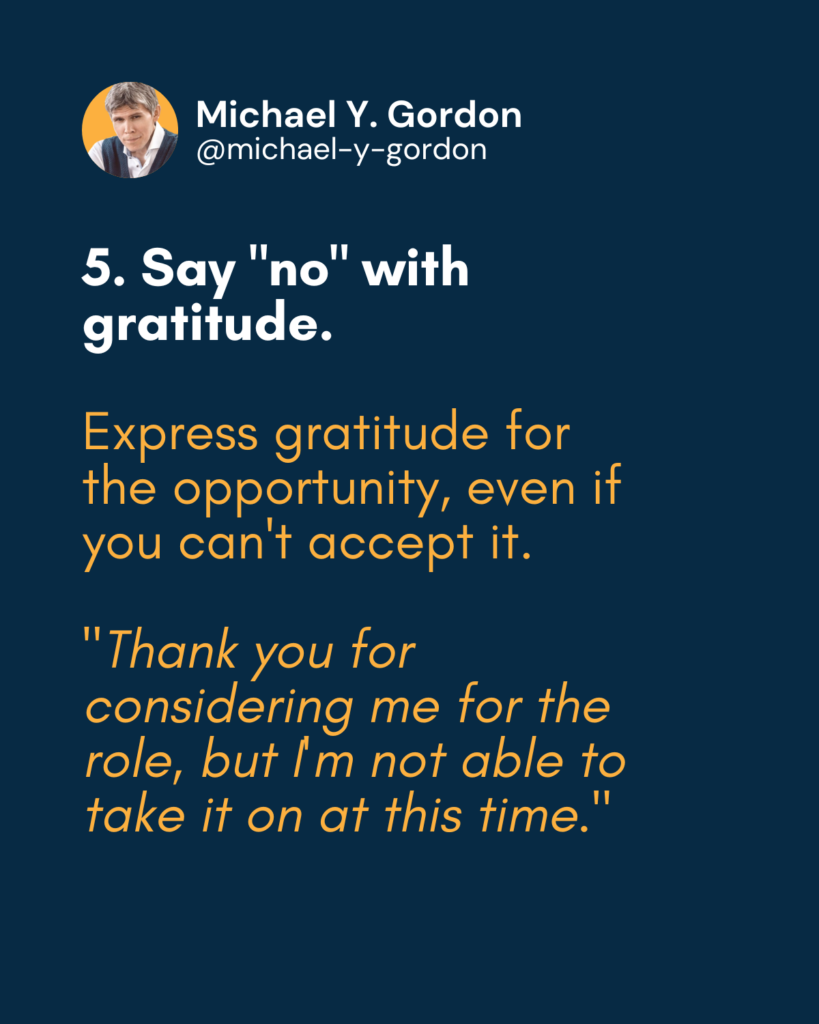
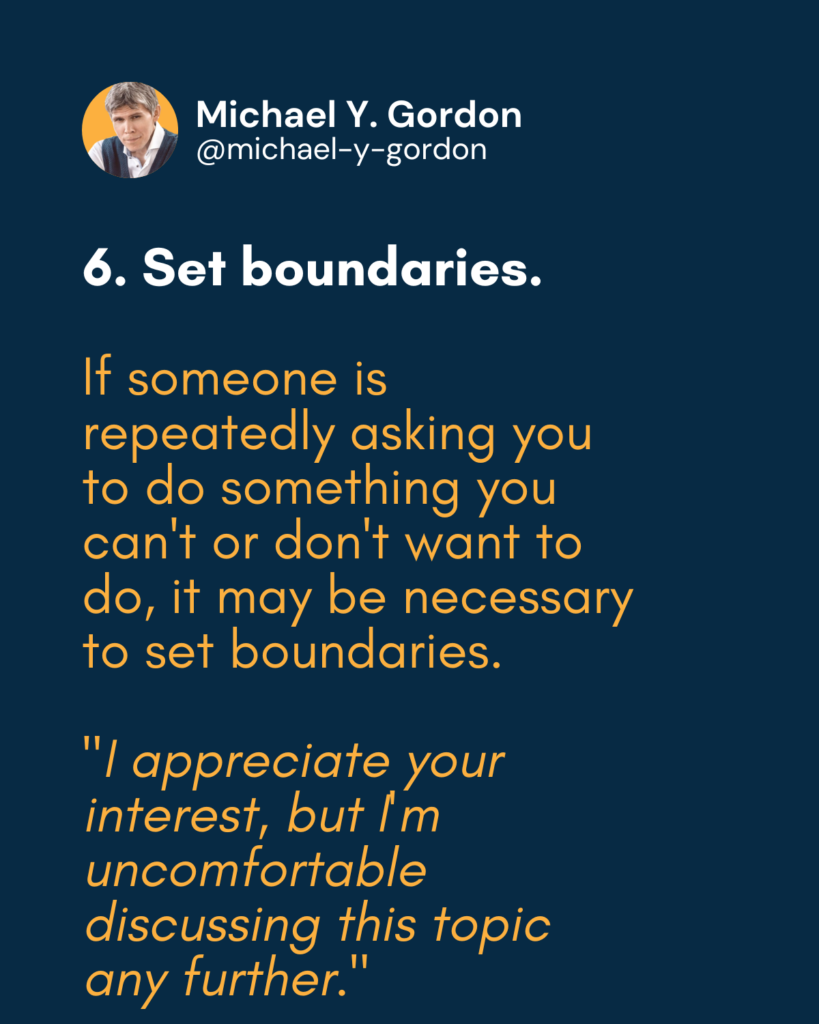
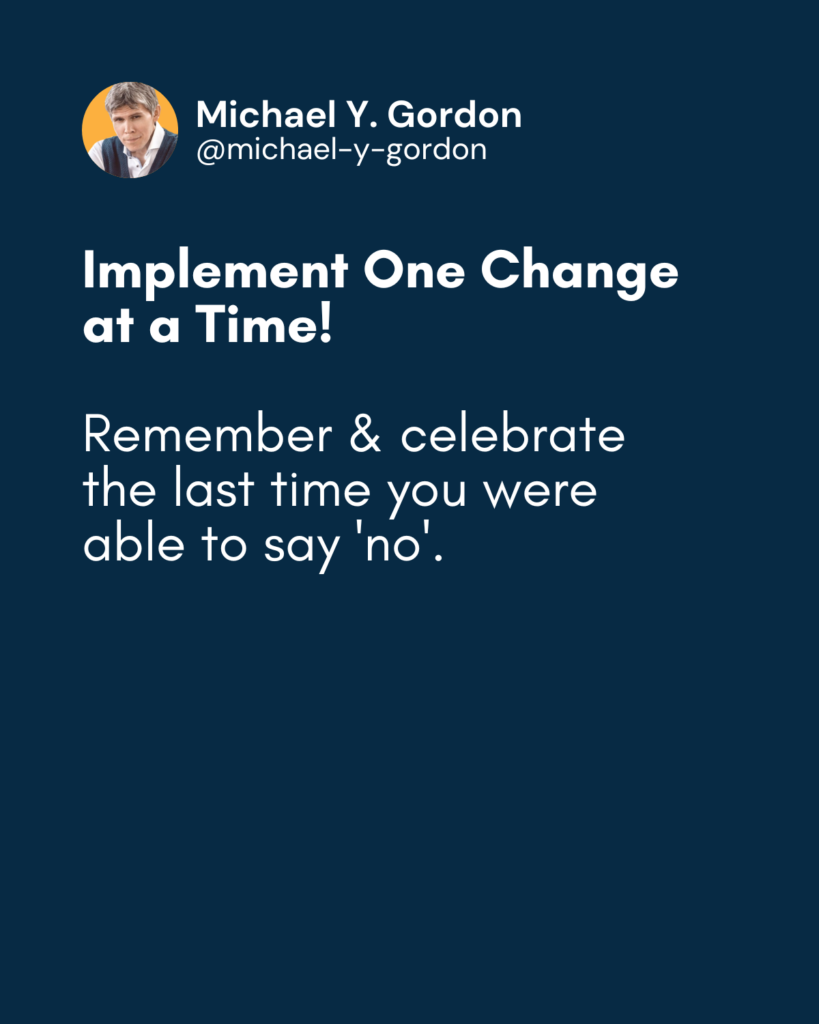

Leave a Reply